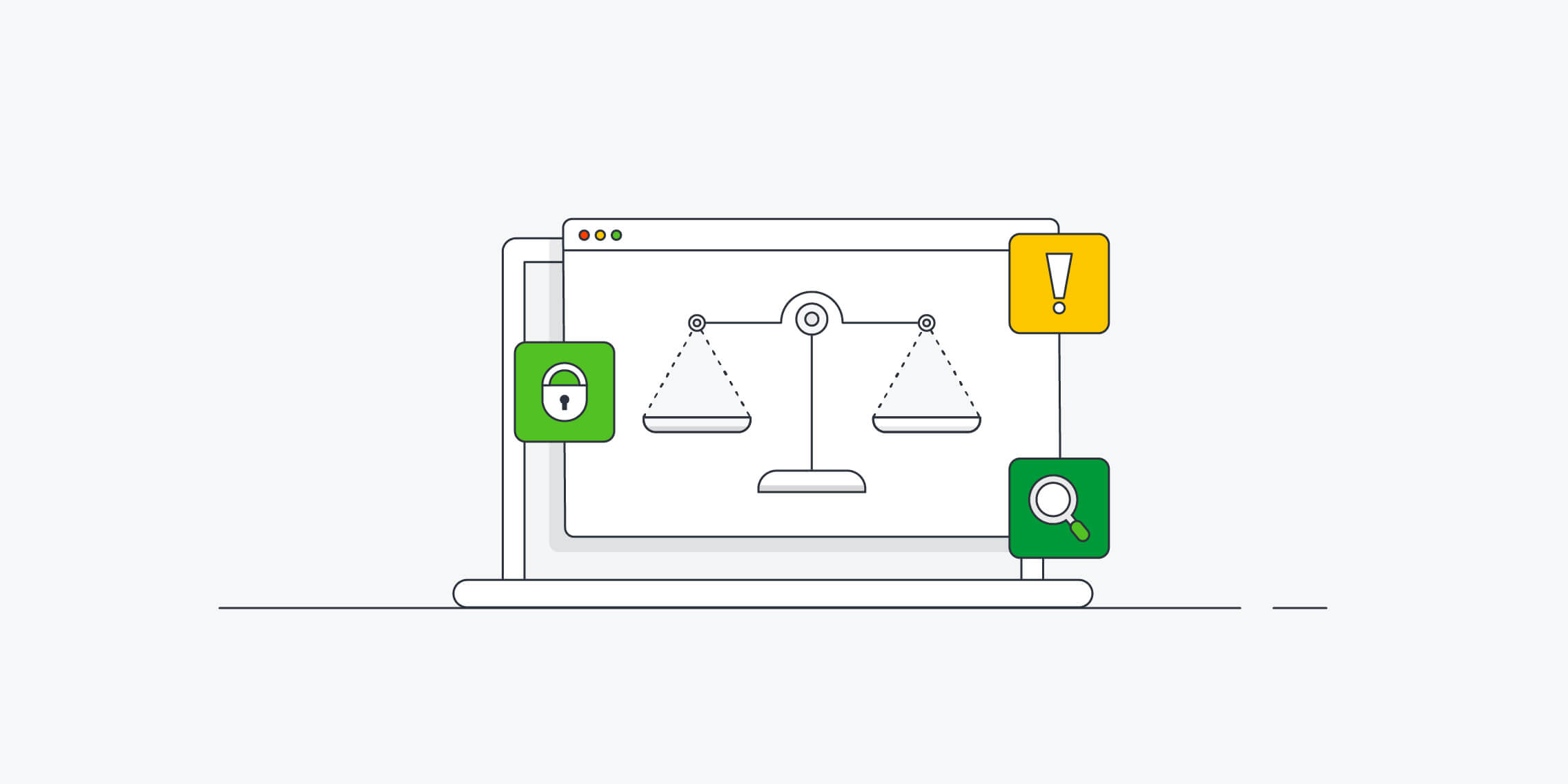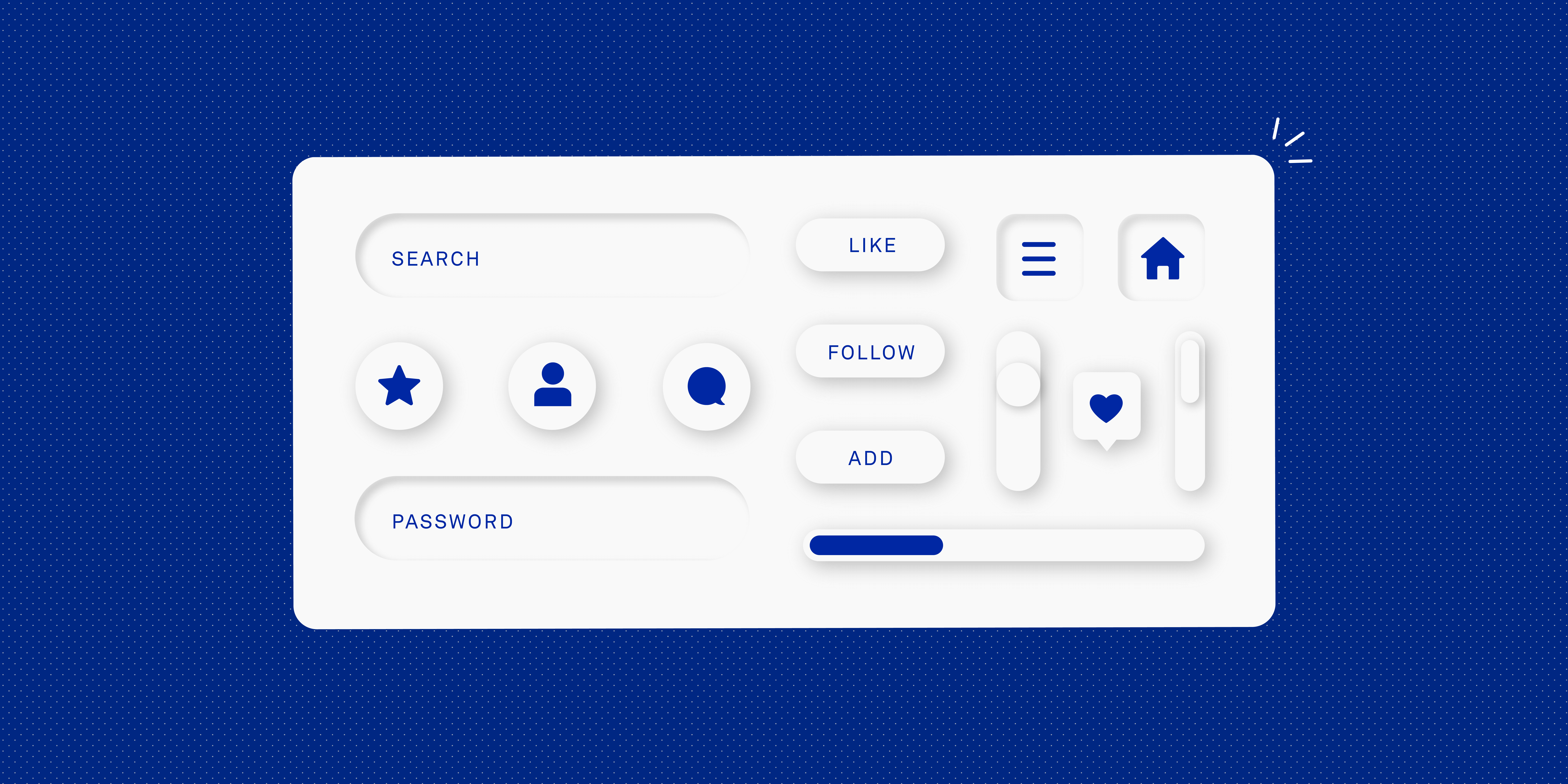In fields like psychology and medicine, any kind of research involving humans must go through rigorous review by an ethics committee. Only if the study adheres to strict ethical standards will it be approved.
There are no such official standards in place for UX research. So does this mean that UX designers are exempt from user research ethics and from protecting the wellbeing of their research participants?
Absolutely not.
If you care about user research, you must also care about ethical user research. Otherwise, you risk harming your participants or end users in some way. That’s the opposite of what good UX is all about.
Anyone involved in user research must be aware of user research ethics. In this guide, we explain everything you need to know, including:
- What are user research ethics?
- The 5 most important ethical considerations in UX research
- What are the risks associated with unethical UX research?
- Unethical UX research examples: Facebook and LinkedIn
- Moving towards more ethical UX research
Let’s begin.
What are user research ethics?
As a UX designer or UX researcher, your goal is to create products that improve the end user’s life in some way. UX research is critical to this process. It helps you to determine what user problems you need to solve and how the final solution should take shape.
Effective user research requires human participants. People who, by taking part, provide you with tremendous value. In return, you have a responsibility to protect their welfare and actively avoid causing them any harm.
This is where user research ethics come in.
The Nielsen Norman Group defines user research ethics as “the careful consideration of the rights, well-being, and dignity of people involved in research activities.”
User research ethics are your code of conduct—a guiding set of principles that help to ensure a safe, comfortable, and respectful experience for your UX research participants.
These ethical considerations should underpin each and every aspect of your UX research—from planning, recruitment, and execution, right through to data analysis and interpretation.
So what are they exactly? Let’s take a look.
The 5 most important ethical considerations in UX research
The main pillars of ethical UX research are:
- Transparency and informed consent
- Privacy, confidentiality and data protection
- No harm done to anyone involved
- Neutrality
- Honest and accurate interpretation of results
Here’s what they each mean.
1. Transparency and informed consent
Rule number one of ethical UX research: be as transparent as possible so that participants know what they’re signing up for. This allows them to give their informed and voluntary consent.
In other words, you’re not tricking people into taking part or having them participate under false pretences. That would be pretty unethical, right?
Be clear and transparent about what the research will entail. Why are you conducting this research? What will the participant be expected to do? How long will it take? How do you intend to use their data/feedback/insights?
And, if you’re planning to audio/video record the session, ask the user for their permission first.
2. Privacy, confidentiality and data protection
Most UX research methods involve collecting some kind of user data—be it responses to user surveys, a recording of a user interview, or insights obtained through diary studies.
Even if all you end up with is a user’s name, location, and email address, it’s your duty to handle that data securely and responsibly. Have a plan in place for how you’ll store your research data, who will have access to it, and what you’ll do with it once your research is complete.
Privacy also relates to how you share your research findings. Imagine how distressing it would be for a research participant to come across a quote in the public domain (e.g. on your website or on LinkedIn) with their name attached, even though you’d promised they would remain anonymous.
Have concrete measures in place to protect your participants’ identity and get explicit permission before publishing or sharing anything that might be deemed sensitive.
3. No harm done to anyone involved
It hopefully goes without saying that you don’t want your research participants to come to any harm. As you plan and conduct your UX research, consider all potential risks and take steps to mitigate them.
Does your research involve potentially sensitive topics? Is there any possibility that your research might negatively affect the user’s mental well-being or stir up certain emotions? How will you support your participants if that’s the case?
If you’re sending out surveys, make sure you’re using inclusive and accessible language (you’ll find a helpful guide to creating more inclusive user surveys here). The same goes for user interviews; be mindful of the language you use and how you approach certain topics.
Ultimately, you must design your UX research with participant safety and well-being in mind. Empathy is crucial here. Put yourself in your users’ shoes and envision how the end-to-end experience will feel from their perspective. Then, do everything you can to make the experience comfortable and safe.
4. Neutrality
In your role as researcher, you must strive to remain impartial. Be aware of your own biases and make sure you’re not influencing the outcomes of the study, either intentionally or unintentionally.
If your research involves asking questions, frame them so they’re neutral and open—not subtly implying a “correct” or “desired” response or leading the participant towards a particular answer.
Likewise, if you’re conducting face-to-face research, be aware of how your tone, facial expressions, and body language might betray how you’re feeling. If your participants sense that you’re hoping for a certain outcome, they may feel pressured to tell you what you want to hear, rather than being completely honest.
Another aspect of conducting ethical, unbiased research is recruiting a diverse and representative sample of participants. If you only recruit people who you believe will confirm your own assumptions, you’re biasing the research to obtain a desired outcome. That’s not ethical, nor is it reliable.
5. Honest and accurate interpretation of results
Ethical UX research isn’t just about how you design and execute a study. It also relates to how you interpret and present the results.
Again, it’s important to avoid bias here. For example: when analysing responses from a user survey, you wouldn’t exclude negative answers or those that don’t align with your own hypothesis or beliefs. Similarly, if you were putting together a presentation to share findings from user interviews, you wouldn’t only feature quotes from satisfied customers.
Analyse and interpret your research data objectively, and paint a full and honest picture when reporting your findings. Only then can you draw fair and valid conclusions to inform your UX.
What are the risks associated with unethical UX research?
We now know what ethical UX research is, but why does it matter?
If you disregard user research ethics, you risk harming the people involved. Without proper care, you run the risk of conducting research that’s discriminatory, fails to be inclusive, puts your participants in an uncomfortable situation, or causes them some kind of emotional or psychological distress. That’s the worst possible outcome, and one you want to avoid at all costs.
Another risk of unethical UX research is obtaining biased results, which ultimately leads to ill-informed design decisions. Imagine a scenario where you conduct user interviews but fail to remain impartial. You go off-script and ask some leading questions, or raise your eyebrows at certain responses. In the end, the user feels uncomfortable and doesn’t share their honest thoughts.
You come away with inaccurate data which you use to make potentially unsuitable design decisions. As a researcher, you’ve missed out on the opportunity to gather genuine user insights (not to mention putting your participants in an uncomfortable position). This could ultimately impact the effectiveness, desirability, and overall success of the product you’re designing, undermining the value of user research and the value of good UX.
In extreme cases, unethical UX research may harm your reputation—be it your professional reputation as a UX designer/researcher, or the reputation of the brand/company you’re working for.
Customers who experience unethical research practises first-hand, or catch wind of them from others (or the media), will quickly lose trust in you, the brand, and the product/service you’re responsible for. Essentially, unethical UX research can lead to a PR nightmare.
Speaking of which…let’s move on to some examples of User research ethics gone wrong.
Unethical UX research examples: Facebook and LinkedIn
The topic of user research ethics is complex and nuanced. The guidelines we’ve set out in this post are (hopefully) quite clear-cut, but that’s not always the case in the wild.
Consider A/B testing for example. You wouldn’t typically ask users’ permission before running an A/B test on your website. You’d simply show some visitors version A and some visitors version B, at random, in order to see which version performs best. Where’s the harm in that?
When it comes to testing out smaller design tweaks, the ethical ramifications are likely minimal. But, if you’re manipulating the user experience in a way that could have significant consequences for users (users who haven’t given their informed consent), you’re venturing into unethical UX research territory.
That’s what happened with Facebook’s ‘emotional contagion’ study back in 2012. For one week, Facebook manipulated users’ news feeds to show them either more positive content than usual or more negative content. They then analysed the content posted by the users themselves to see if there was a correlation between viewing more positive/negative content and posting more positive/negative content. In other words, if there was an ‘emotional contagion’ effect.
Overall, they found that more negative content on a user’s news feed related to a larger percentage of negative words in their status updates. Likewise, users who saw an increase in positive content on their feeds used more positive language in their statuses.
Their findings suggest that showing users more positive or negative content could impact their emotions. The experiment involved almost 700,000 Facebook users who had no idea at the time, sparking much controversy around the ethics of the study.
If the findings are valid and some of those 700,000 users experienced a negative impact on their emotions, you might consider this a rule-break of our third ethical UX research pillar, “do no harm”.
Then there’s the issue of informed consent. By signing up to Facebook in the first place, the users will have consented to their data being used for research and testing. However, this still leaves significant question marks over whether or not it’s really moral to run such tests involving human emotions without obtaining permission first. Food for thought!
Another user research study which made headlines was LinkedIn’s five-year social experiment which involved more than 20 million users of the professional networking platform. From 2015-2019, LinkedIn experimented with their “People you may know” algorithm to gain insight into which kinds of connections are most useful when it comes to finding a new job.
The experiment was based on the “weak ties” theory put forward by sociologist Mark Granovetter in 1973 which states that you’re more likely to find a new job through loose acquaintances than close friends. LinkedIn tested this theory by showing some users “weak” connections (loosely related acquaintances) and showing others “strong” connections (more closely related contacts).
The results of the study supported the weak ties theory, suggesting that showing users “weaker” connections in the “People you may know” section could improve their job prospects. Which implies that those who were shown “stronger” connections throughout the study may have suffered more limited access to job opportunities as a result.
Once again, we find ourselves in murky waters. Putting some users at a disadvantage in this way could well be viewed as causing them harm—plus, again, there’s the issue of informed consent.
As you can see, UX research has the potential to do more harm than good, especially if user research ethics are ignored. It’s essential to consider not only the immediate impact of your research, but also any potential long-term ramifications—a topic that will no doubt grow increasingly complex with the rise of AI.
So how can you ensure a more ethical approach to UX research, both now and in the future? Let’s take a look.
Moving towards more ethical UX research
The ultimate goal is to foster an ethical UX research culture which has standard practices, protocols, and policies in place. This ensures that everybody is well-versed in the importance of user research ethics and has the tools to implement them.
Here are some steps you can take towards more ethical UX research:
- Provide ethics training for anyone who is involved in user research. This can take the form of workshops, online courses, or one-to-one training, and it should clearly explain what ethical UX research means and how it looks in action (both generally, and within the context of your company).
- Devise an official UX research code of conduct—a formal document which sets out the ‘golden rules’ of ethical UX research. Start with the five considerations we laid out earlier in this post (transparency and informed consent, data protection, do no harm, etc.) and add any additional considerations you deem necessary. Make this document easily accessible for everybody involved in UX research, and be sure to keep it up to date.
- Create templates and guidelines for certain aspects of the UX research process, such as standardised consent forms, participant information sheets and debriefs, as well as guidelines on how to write impartial, inclusive surveys and user interview scripts. Continuously add to your resource library so that it evolves and matures in line with your research practice.
If you’re involved in the user research process, you have a duty to ensure the safety, comfort, and well-being of your participants. With the considerations we’ve outlined in this post, you can be confident that you’re conducting ethical UX research—and design even better user experiences.
Want to learn more about UX research? Read about a day in the life of a UX research manager with Google’s Dr. Stephen Hassard, discover the best UX research tools, or check out this guide on how to present your UX research findings.





